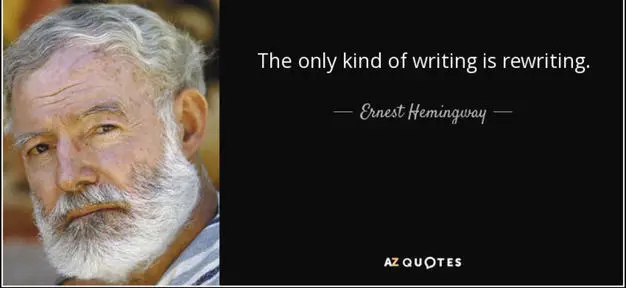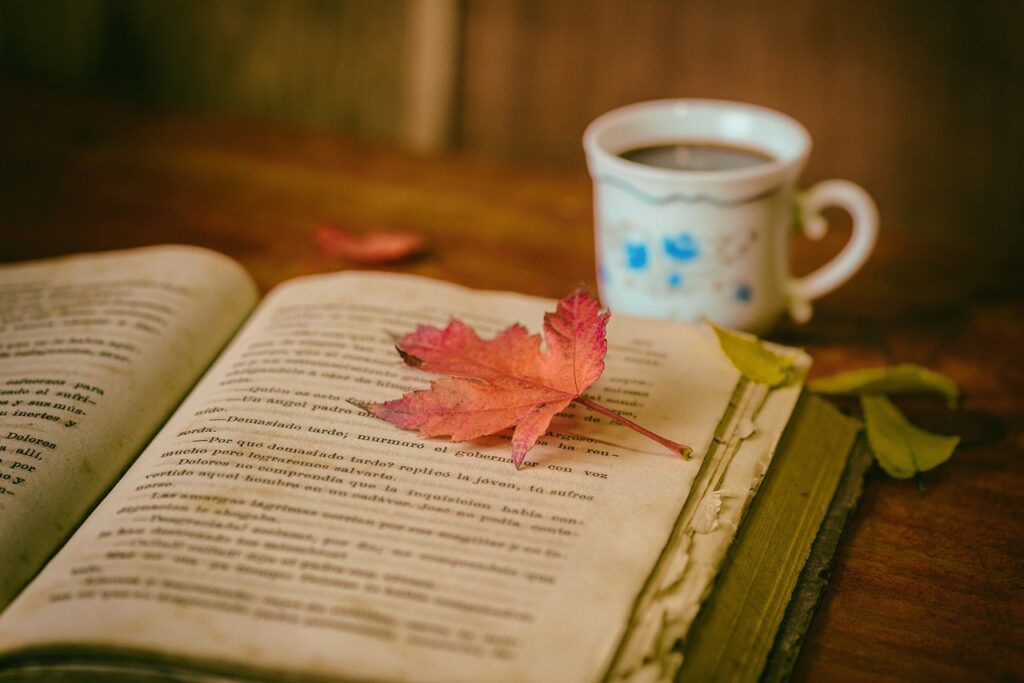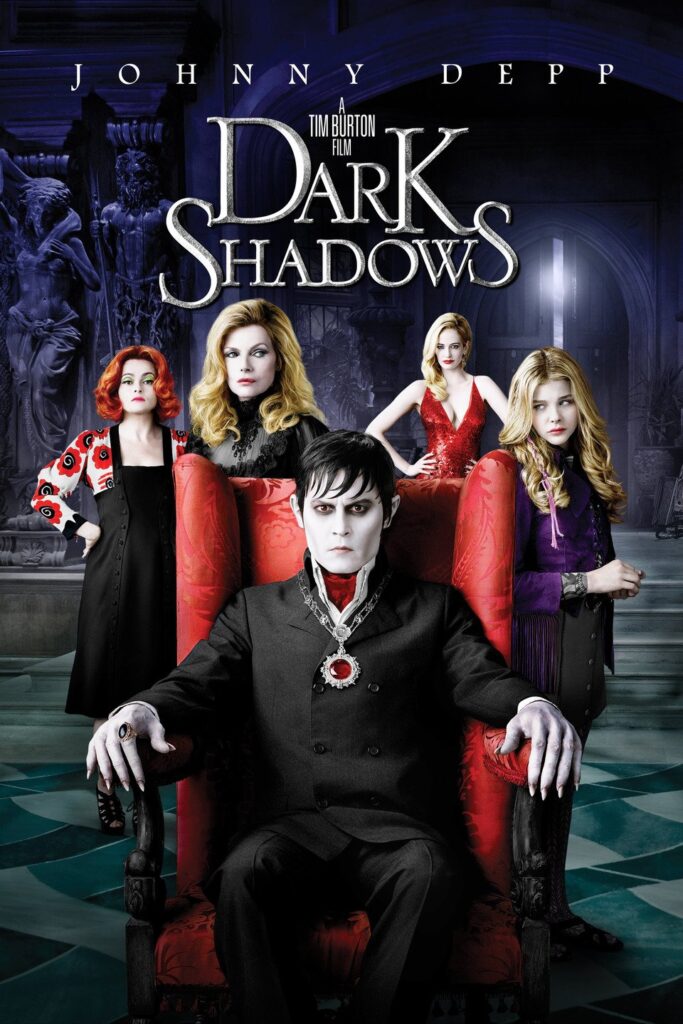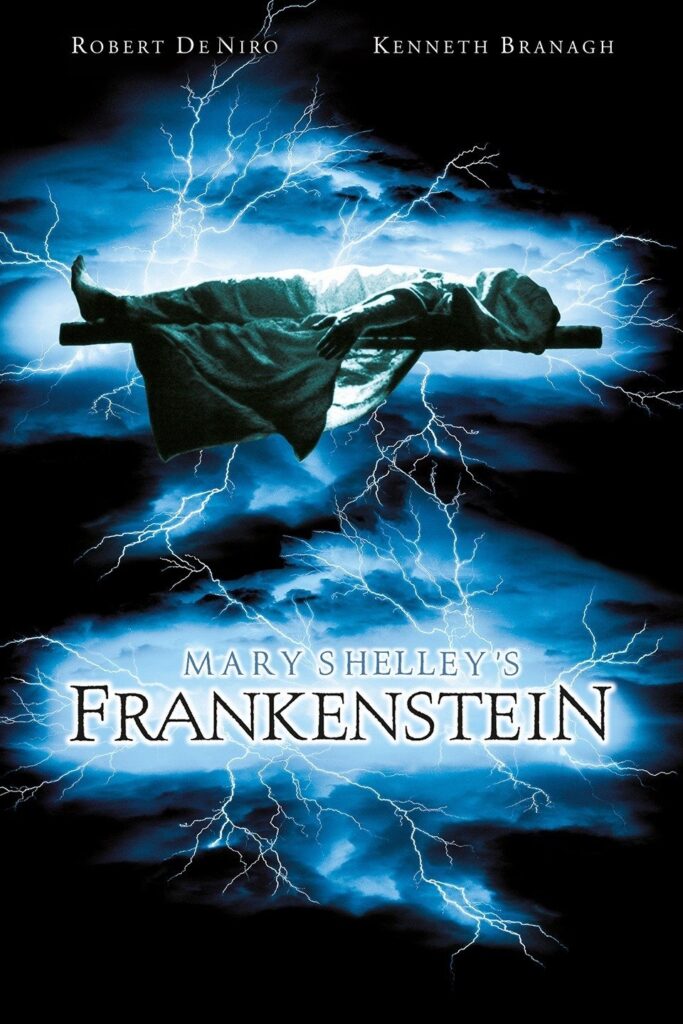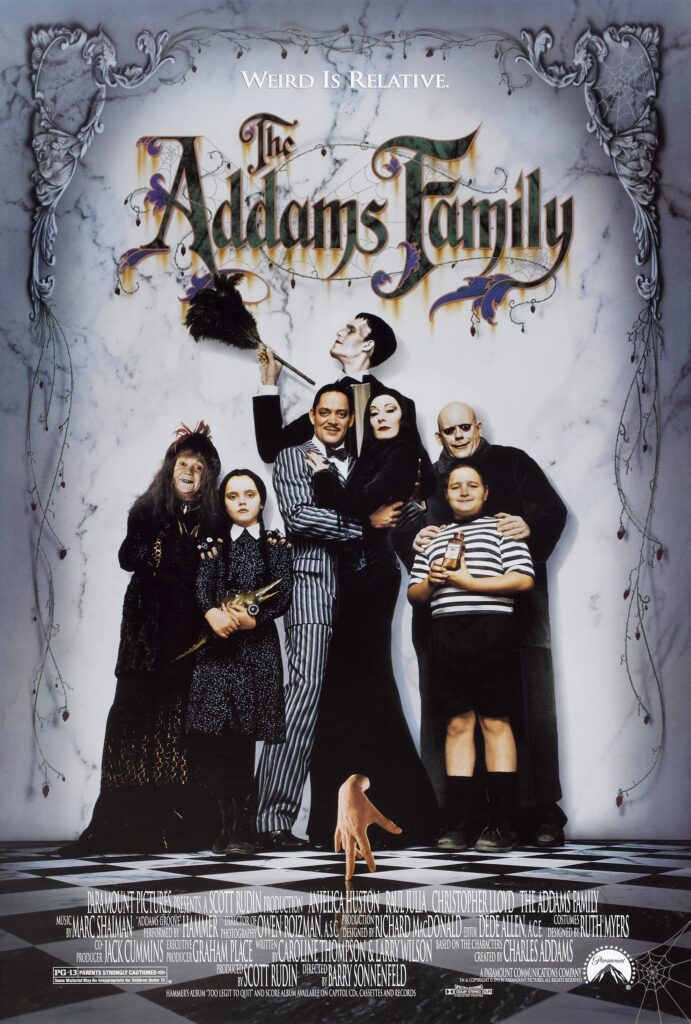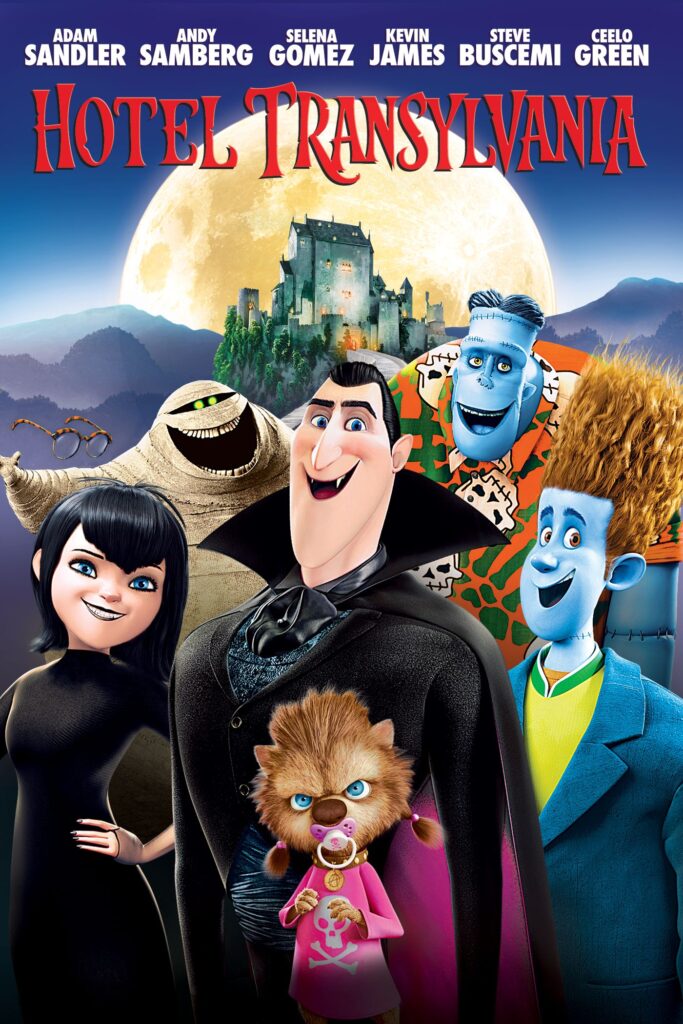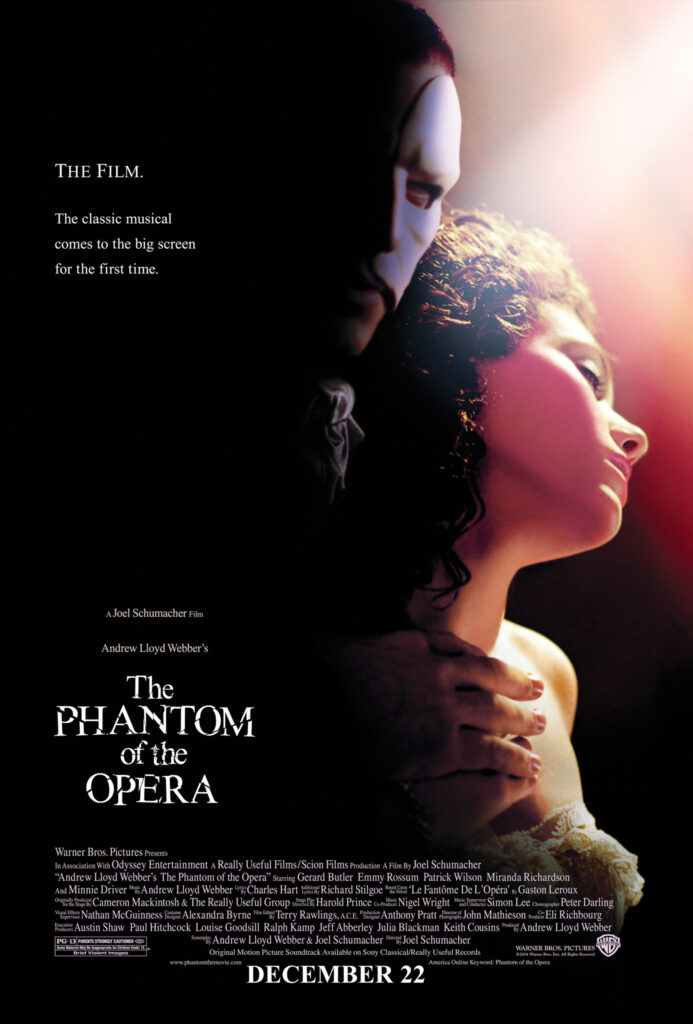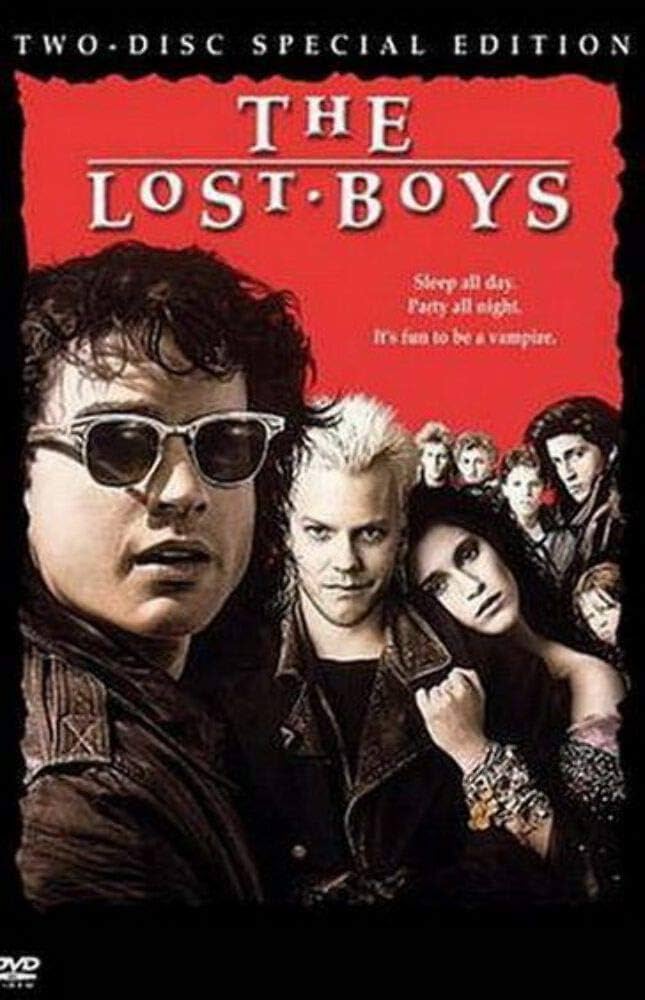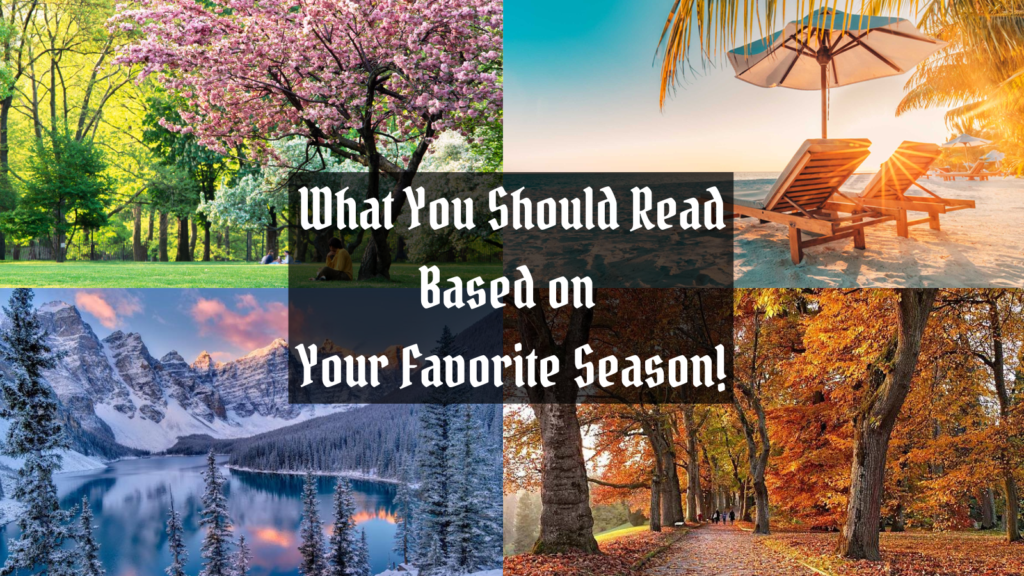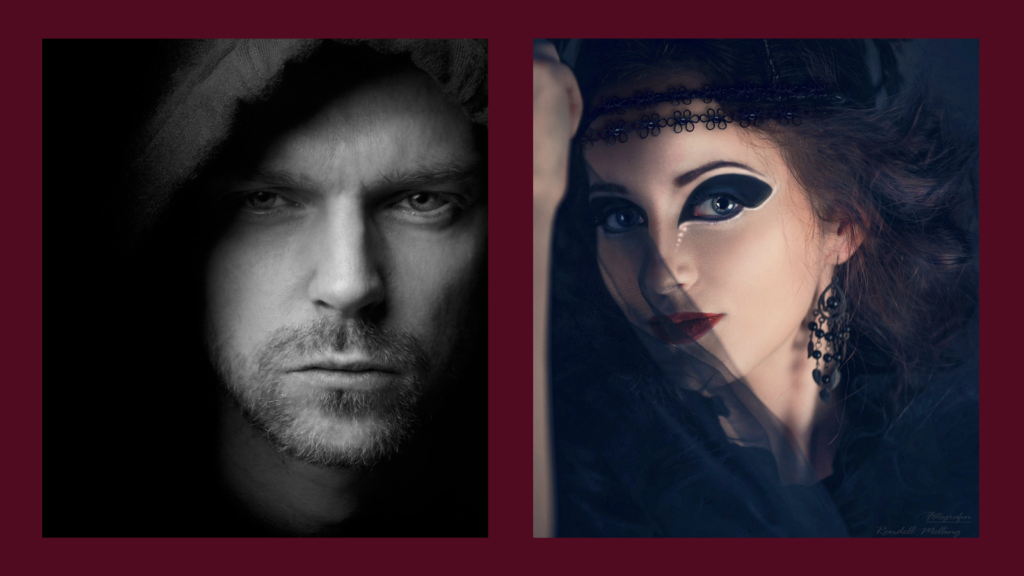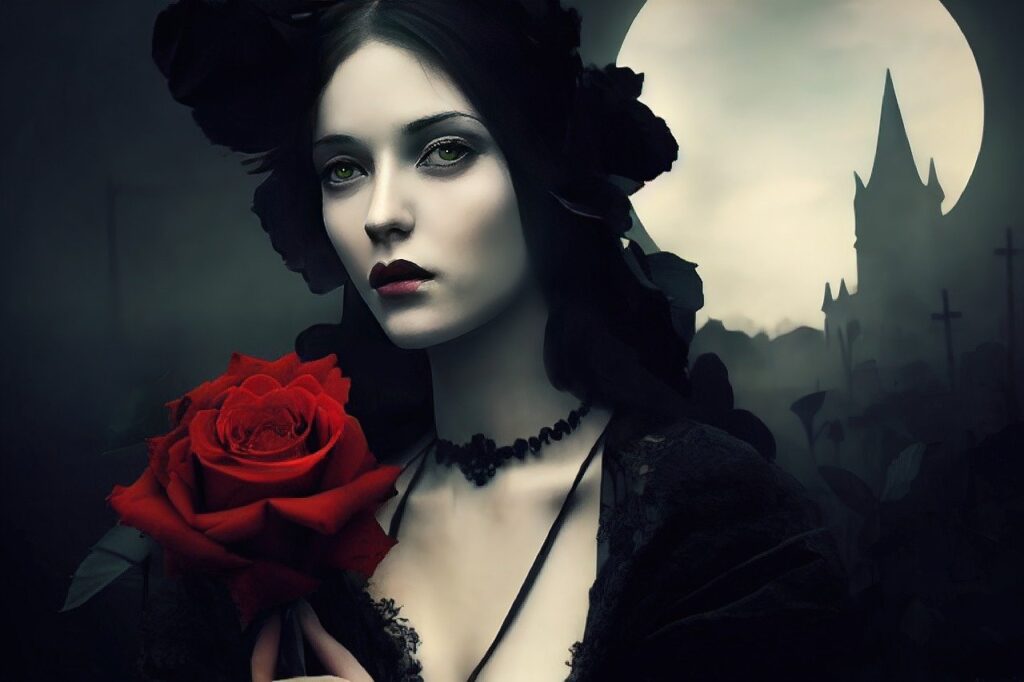A Spoiler-Free Review
If you recall, early in 2023, I declared this the year of the vampire and set out to read ten different vampire novels. Of course these aren’t my first vampire novels. I’ve been a vampire fan for years—both on the written page and on the screen. However, I had seen a post on Twitter in which someone asked what people’s favorite vampire novels were. I scanned through it and saw a number of compelling options that I hadn’t read. Thus sparked the idea and here we are. Having finished, I’m going to give you a summary of my year of the vampire in review.
I’ve already reviewed Black Ambrosia and The Moth Diaries in detail—click on the titles to open those articles. You can expect to see more book-specific reviews in the near future, but here’s a fairly high-level, spoiler-free view of what I thought of all of them.
Let the Right One In by John Ajvide Lindqvist

Let the Right One, set in 1981, is the story of twelve-year-old Oskar who’s struggling with constant bullying and his desire for revenge. When a vampire in the form of a young girl moves in next door, the two develop a close friendship.
It’s a Swedish book and for regular readers of Nordic literature, the tone will ring true. However, for others, it may seem much darker and more melancholy that western readers are used to.
The story is very well written and surprised me in its ability to grab my attention and to maintain suspense throughout. Some readers will find this one depressing and Lindqvist’s depiction of the [I believe exaggerated] crime and depravity of Stockholm is shocking. It’s not a happy read or a vicarious stroll through the exciting world of vampires as some of the flashier vampire books such as Interview with the Vampire and The Vampire Diaries are.
However, Lindqvist takes on some huge political and social issues such as transgenderism, bullying, urban development, and pedophilia. This is a weighty book with a strong sense of pacing. If you have a taste for vampires cast in relevant issues, this one is for you!
They Thirst by Robert McCammon
They Thirst isn’t as strong as McCammon’s book, Swan Song, but it isn’t far inferior either. McCammon fans will likely enjoy this one as well.
Set in Los Angeles, the book follows the story of Andy Palatazin, a Hungarian immigrant who fled the country as a child after a vampire attack on his village. Now, as a LAPD homocide detective, Palatazin witnesses a rising death toll, countless cemetery desecrations, and a mysterious presence who has made the famed Kronsteen castle his home. He knows there’s only one conclusion: they’re back.

This book read like a lesser version of The Stand – an epic battle of good versus evil – but on a smaller, more localized scale. Some fans of the other tale report loving this one as well. I liked it well enough to recommend it. And I particularly loved his implicit denunciation of Los Angeles, whether tongue-in-cheek or not.
The Moth Diaries by Rachel Klein

If you already read my article about Klein’s use intertextuality (here), you know that this book really impressed me. I’m both surprised and not that more readers don’t know about this one. On the surface the story is about an unnamed protagonist whose life at boarding school is shaken when a new girl, Ernessa, whom the protagonist believes to be a vampire, joins the school.
However, this book has layer upon layer of complexity and nuanced interpretation—something that only very well-read and perceptive readers will discover.
I would recommend this book to anyone. If you’ve read some reviews likening this to Twilight, disregard them. The two have nothing in common other than teenage vampires. I enjoy a good Twilight viewing, but this is a book for those who like a riddle, who enjoy stories that don’t hand them everything and who love to plumb for hidden meaning.
If that’s you, start here. It’s a novella and is easy to delve into at any level of depth you prefer. Just know that there’s likely more than you see at first (or seventh) glance!
Black Ambrosia by Elizabeth Engstrom
This story is heavy and dark, oppressive even, but oh so psychologically interesting. I wrote a post about it—The Psychology of Black Ambrosia.
Angelina claims to be a vampire and most of us will initially take her word for it. As readers follow her journey around the country, we see that she is in fact, as the back cover states, a killer. However, the real question here is why Angelina kills. The answer is hidden between the lines of a this very well-written tale with its unreliable narrator.

This is not for those who have suffered trauma and/or are particularly sensitive. Though Engstrom leaves almost all of the truth and the dark details of Angelina’s story in the book’s negative space, it’s there. The sensitive will pick it up. However, for those who aren’t as sensitive, especially those who love psychology and psychologically-rich characters, this is the book for you!
I Am Legend by Richard Matheson
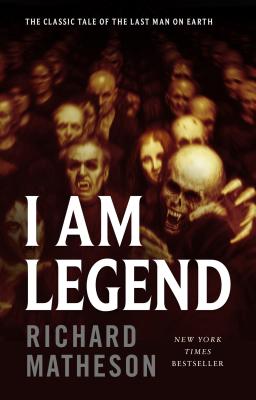
Originally published in 1954, I Am Legend is about a deadly pandemic in which most of humanity is killed and all of the infected survivors are vampires. The novel’s protagonist, Robert Neville, is the last man standing.
The story is a novella and purports to be Neville’s psychological journey to both understand and repair the broken world and also to battle with his own emotions and the losses he has suffered.
I found this book to be underwhelming.
The psychology is there to some extent but it seemed predictable and so much weaker than tales like Black Ambrosia which are so heavy and laden with meaning. However, this one isn’t as dark and potentially trauma-inducing [if you’re sensitive], so I can see why it’s favored by many. It’s an accessible look at what it would mean to be the last person alive and how much human interaction and connection humans need to thrive.
Fevre Dream by George R. R. Martin
Ah, here we are at Martin’s largely unknown vampire tale about a riverboat captain, Abner Marsh, who finds himself to be the lynch pin in a battle between warring vampire sects on the Mississippi river.
Part vampire tale, part steamboat history, this is a very well-written book. Fans of both Martin and vampires will enjoy this one and will find in it his renowned ability to sketch compelling and unique characters within an original story.
I greatly enjoyed this story.
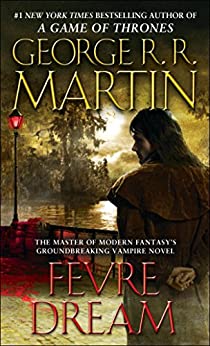
You won’t find layer upon layer of meaning or deep wells of psychology, but you will find a well-crafted novel that’s true to Martin’s ability with both character and plot. This is a story I would recommend to a wider audience including both vampire and non-vampire lovers.
The Southern Book Club’s Guide to Slaying Vampires by Grady Hendrix
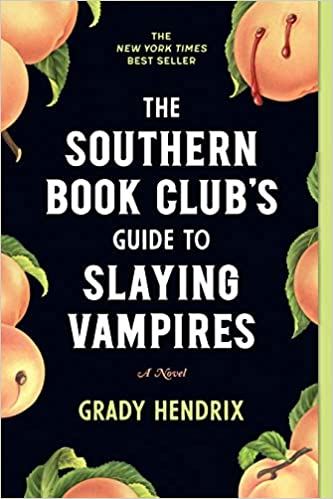
In a recent post in which I reviewed the various ways authors title their books, I referred to this one as an example of a style-based title. In it we see both the reference to the Southern Gothic genre and to Hendrix’s humor.
The story – a melding of profound tension and dark humor – is about Charleston resident Patricia Campbell who befriends a newcomer to town—James Harris. But when children in her town begin to disappear, her book club’s love for true crime, merges with her reality.
I was absolutely shocked by how much I loved this book. It was, by far, my favorite vampire book of the year! I don’t often read humor, hence the surprise, but I do love dark humor. Regardless, I had expected the story to be lighter and less intense than it is. How wrong was I?! It’s actually wonderfully intense and suspenseful, terrifying even, for prolonged periods.
It’s the story of a vampire, but it also isn’t. Hendrix keeps the vampire details light and the sense of a nefarious intruder high. I recommend this book to anyone who loves a thriller. It’s brilliantly executed, his approach the vampires is novel and relevant and his humor is pitch perfect. I’ve decided to read more of his work—everything I can find.
Fledgling by Octavia Butler
This is the only vampire story I didn’t finish and I’ll explain why. On the surface it’s about an apparently young, amnesiac girl who reaches the conclusion that she’s a genetically modified, 53-year-old vampire.
It sounded interesting to me…until I started reading. One thing stuck out very quickly and grew stronger as I read: this is a story with heavy undertones of pedophilia. And unlike Lindqvist, Butler paints it in a positive, sympathetic light.
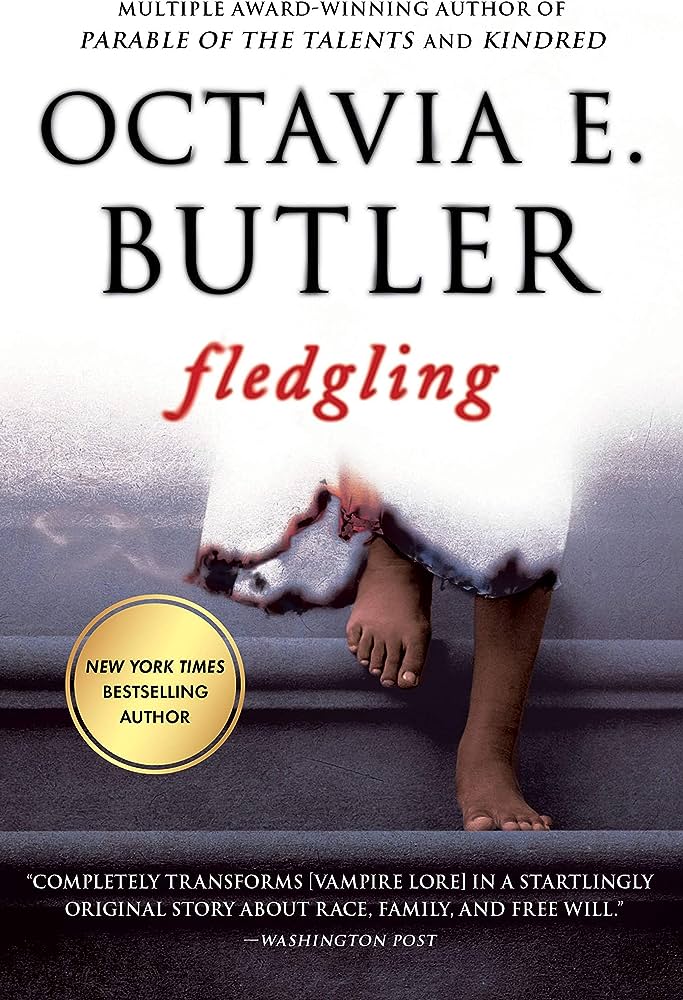
If I had read the one-star reviews I would have discovered this prior to reading. However, I typically avoid them since they tend to be full of plot spoilers. Needless to say, many other reviewers who did finish the book said that yes, it deals with race and discrimination. However, it’s also a very graphic tale of a ten-year-old having multiple sexual encounters with adults.
As one reviewer pointed out, Butler could have accomplished her discussion of race and discrimination with adult characters. The child sexualization was entirely unnecessary and thus points to another intention. I agree.
Carmilla by J. Sheridan LeFanu
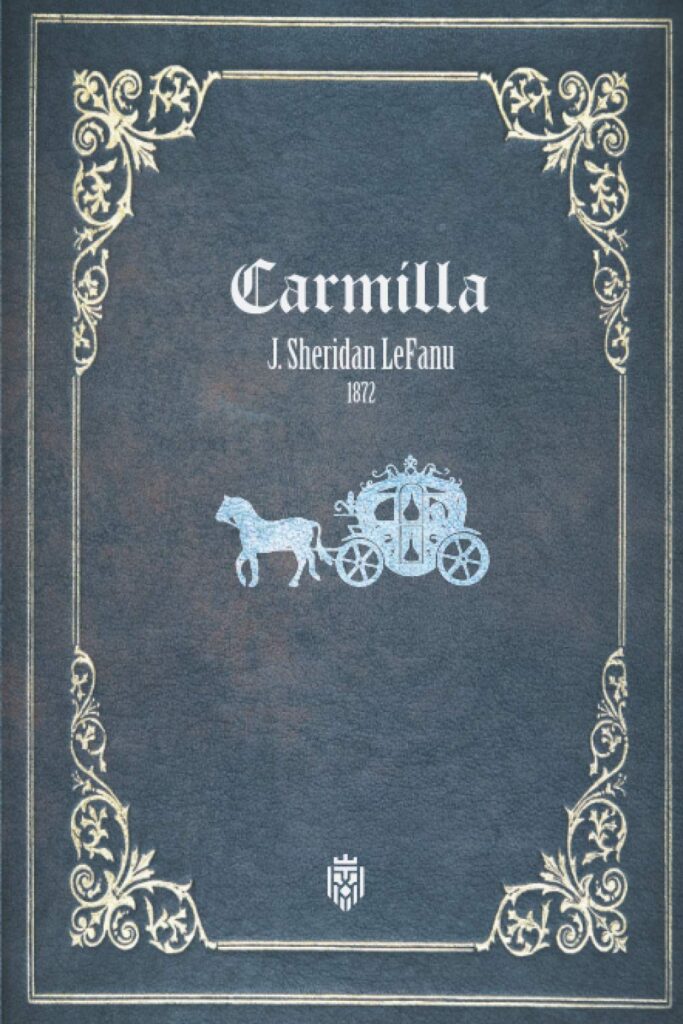
Carmilla is an 1872 novella. Many readers refer to it as an example of a lesbian story. I went into the book knowing this but believe that it could be read either way.
I don’t know what LeFanu’s intention was, but if you’ve read a lot of classic literature, it isn’t uncommon in certain historical settings for two young girls to fawn over their friendship and to hold hands. That said, if it is a lesbian story, it reads like a subtly presented and historically-consistent novel.
This is the book that predated and inspired Dracula. It’s about the protagonist, Laura, who comes into contact with a vampiress, Carmilla, after a carriage accident brings the girl into her life. The two enter into something of an obsessive friendship all while Carmilla begins to wander by night and Laura grows weaker by day.
I went into the story thinking that I’d find it predictable and that I’d read it simply for the reference point. However, I truly enjoyed this one. It’s a lovely little tale primarily because the way in which LeFanu tells it is so evocative and endearing that it transports the reader to another [very enjoyable] time and place. It’s the setting and the style that make this story so worthwhile. I plan to revisit it periodically and would recommend it to any gothic reader.
My Soul to Keep by Tananarive Due
And last, but certainly not least…My Soul to Keep. I saved this one for last because I expected to love it. Since it’s the first book in the African Immortals series, I wanted to be able to move on to the other books sooner than if I still had the other vampire books to read.
In some ways this isn’t a vampire book; in other ways it is. I can see why [many] readers listed this as a favorite vampire tale. Due has created the feeling of a vampire tale all while casting them in a new light.

Set in Miami, Jessica and David have the ideal marriage and a beautiful young daughter. However, when people around Jessica begin to die, she discovers that he is part of an Ethiopian sect of immortals and is over 400 years old. Members from this secret group come calling for David, demanding that he return to Ethiopia. However, this time he refuses to give up his wife and child and decides to go to forbidden lengths to keep them.
The book deals heavily with Jessica’s Christian faith since the author has juxtaposed it against David’s immortality—the loss of his soul and an eternity with God (though he doesn’t hold these beliefs). In many ways this is as philosophical and spiritual as Anne Rice’s Vampire Chronicles. I liked this book very much. The character voices are well-executed and the plot is reasonably fast-paced. However, it won’t appeal to everyone. This one is for those who like heavy spiritual themes and are fans of books like Interview with the Vampire.
Conclusion
Whew! What a year. It was fun to have a theme to pursue and to have a common threadline in my reading list. I read a whole lot of other books, but what’s so interesting about these ten is how very different they each are. This is a wonderful example of how rich and nuanced the vampire trope can be and how many different ways an author can use it.
If you’ve read any of these or have other vampire novels that you love, let me know!
And as always, if you enjoyed this post, share it with your friends!

